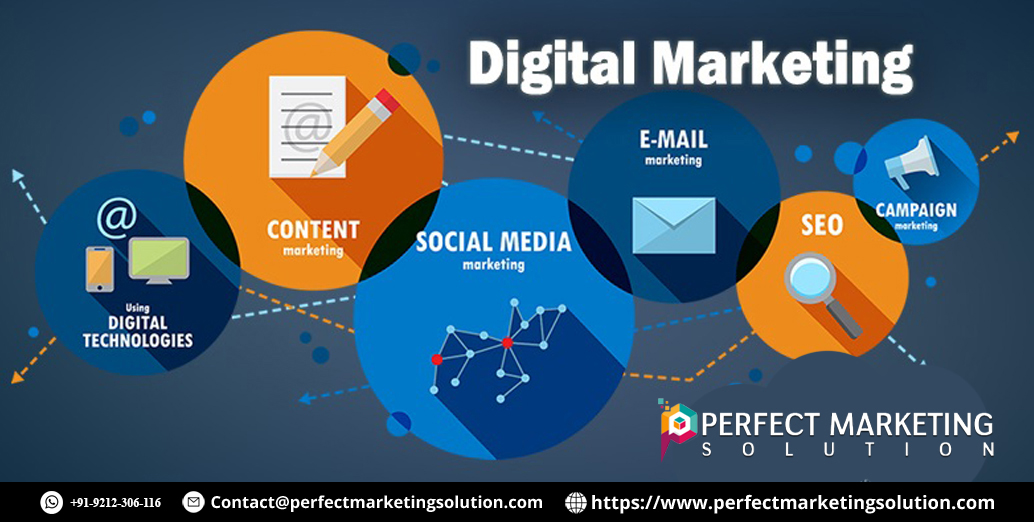How Holding Companies Can Align with ESG Goals in Saudi Arabia
Discover how holding companies in Saudi Arabia can align with ESG goals. Learn actionable steps to integrate sustainability, social impact, and ethical governance, supporting Vision 2030.

As global business landscapes evolve, the focus on sustainability and ethical practices is more significant than ever. Environmental, Social, and Governance (ESG) principles have emerged as a benchmark for responsible corporate behavior, reflecting a company’s commitment to long-term value creation. For holding company KSA, aligning with ESG goals is not just a trend—it’s an essential strategy for sustainable growth. In Saudi Arabia, this alignment gains even more relevance under the framework of Vision 2030, the nation’s ambitious roadmap for economic diversification and sustainability.
Understanding ESG and Its Importance
ESG encompasses three critical dimensions:
- Environmental: Reducing carbon footprints, adopting renewable energy, and promoting sustainability.
- Social: Addressing workforce diversity, improving community welfare, and adhering to ethical labor practices.
- Governance: Ensuring transparency, fostering ethical leadership, and complying with regulatory standards.
For holding companies, ESG adoption is a pathway to mitigating risks, enhancing investor confidence, and building a positive reputation. In Saudi Arabia, where business practices are rapidly transforming to align with Vision 2030, ESG principles act as a bridge to global markets and modernized operations.
The Role of Holding Companies in ESG Alignment
Holding companies play a pivotal role in driving ESG integration across their subsidiaries. By setting a unified framework of ESG policies, holding company in Riyadh ensure that their entire portfolio adheres to sustainable and ethical practices. Their influence enables the adoption of consistent standards, fosters collaboration, and amplifies the overall impact of ESG initiatives.
By prioritizing ESG alignment, holding companies also position themselves as leaders in shaping the business ecosystem, contributing to a resilient and inclusive economy.
ESG Goals and Vision 2030
Saudi Arabia’s Vision 2030 provides a unique opportunity for businesses to align with sustainability and diversification goals. The initiative emphasizes renewable energy, smart city development, and social inclusion, aligning closely with ESG principles.
For holding companies, aligning with Vision 2030 means actively participating in the nation’s transformation by:
- Supporting green energy projects.
- Encouraging diversity and inclusion across their operations.
- Implementing transparent governance practices.
Such alignment not only enhances a company’s reputation but also opens up avenues for collaboration and investment in high-growth sectors.
Steps to Align with ESG Goals
1. Assess Current ESG Practices
A thorough audit of existing ESG practices is the foundation for effective alignment. This involves evaluating each subsidiary’s environmental impact, social initiatives, and governance structures. Identifying gaps and areas of improvement sets the stage for meaningful progress.
2. Develop a Comprehensive ESG Strategy
A well-defined ESG strategy includes measurable goals and actionable steps. Holding companies should:
- Establish clear policies across environmental, social, and governance dimensions.
- Align these policies with Vision 2030 objectives to ensure relevance and impact.
- Set performance metrics to track progress over time.
3. Foster Collaboration Across Subsidiaries
Collaboration is key to successful ESG implementation. By creating a culture of sustainability and responsibility, holding companies can ensure that subsidiaries are aligned with overarching goals. Sharing resources, knowledge, and best practices enhances consistency and effectiveness.
4. Invest in Sustainable Projects
Prioritizing investments in projects that promote sustainability—such as renewable energy, green buildings, or community development—demonstrates a tangible commitment to ESG. Encouraging subsidiaries to follow suit multiplies the impact of such initiatives.
5. Leverage Technology for ESG Implementation
Technology can streamline ESG efforts, making them more efficient and impactful. For instance:
- Artificial Intelligence (AI) can analyze environmental impact and optimize resource usage.
- Blockchain can enhance transparency in supply chain management.
- IoT devices can monitor energy consumption and emissions in real time.
Overcoming Challenges in ESG Implementation
While the benefits of ESG alignment are clear, holding companies often face challenges, such as:
- Resistance to change from subsidiaries.
- Costs associated with implementing ESG initiatives.
- Balancing profitability with sustainability.
Overcoming these challenges requires strong leadership, clear communication, and a phased approach to implementation. Engaging stakeholders and showcasing the long-term benefits of ESG can also foster buy-in and support.
Measuring ESG Success
To ensure that ESG efforts are effective, holding companies must monitor key metrics, such as:
- Reduction in carbon emissions and waste.
- Improvement in employee satisfaction and community engagement.
- Enhanced governance scores and investor confidence.
Regular reporting and transparent communication of these metrics not only validate progress but also reinforce accountability.
Best Practices for ESG Alignment
Successful ESG alignment hinges on a few best practices:
- Regularly update ESG policies to reflect evolving global standards and local regulations.
- Engage with stakeholders, including employees, investors, and communities, to ensure alignment with their expectations.
- Promote a culture of innovation to identify new opportunities for sustainable growth.
Conclusion
Aligning with ESG goals is not just a responsibility but an opportunity for Jeddah holding company in Saudi Arabia. By integrating sustainable practices, fostering ethical governance, and prioritizing social impact, holding companies can play a significant role in driving the nation’s transformation under Vision 2030.
This alignment benefits not only the company’s bottom line but also the broader economy and society, creating a legacy of resilience, sustainability, and growth. Now is the time for holding companies to take decisive action and lead the way in building a better future.
What's Your Reaction?






















